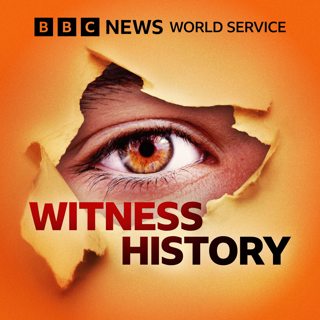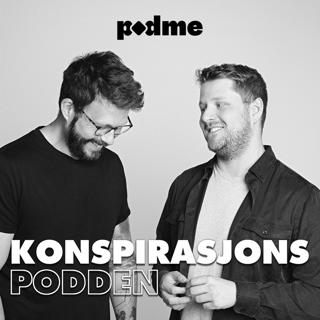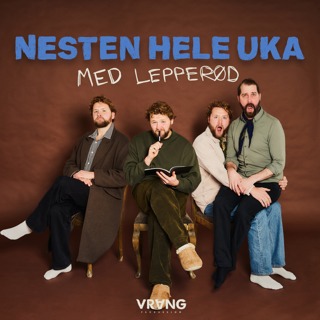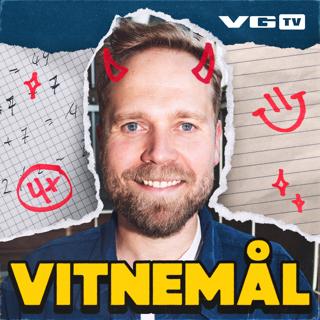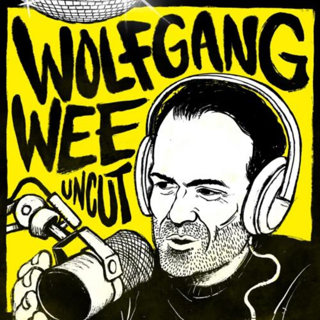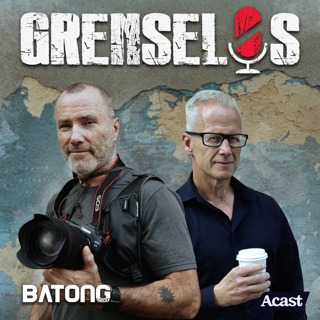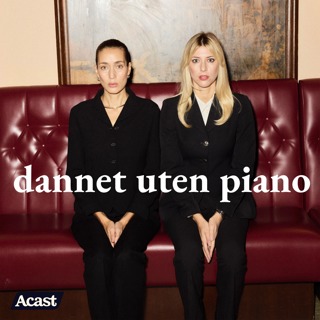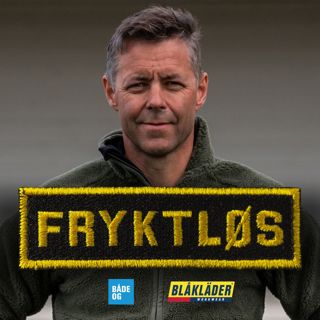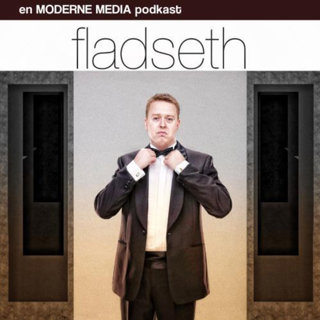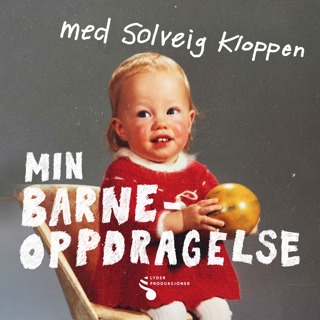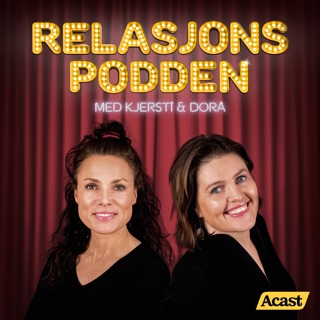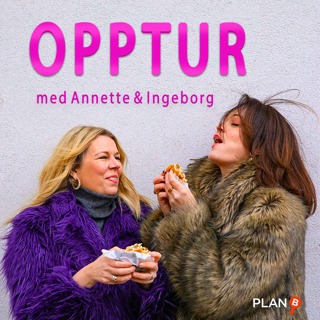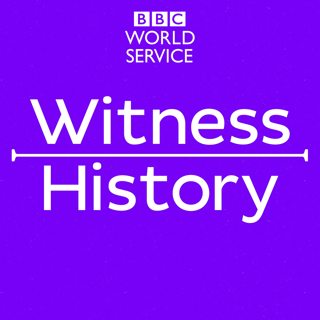
From Leningrad to St Petersburg
In 1991 as the communist system was collapsing, in a hugely symbolic act, Leningrad voted to drop Lenin's name abandoning its revolutionary heritage and returning to its historic name of St Petersburg. Dina Newman speaks to Ludmilla Narusova, wife of the first St Petersburg mayor, Anatoli Sobchak, who campaigned for the change. Photo: Communist campaigners demonstrate against the name change in Leningrad in 1991. Credit: Sobchak Foundation.
6 Sep 20188min

Living Under Gaddafi
In September 1969, a military coup in Libya brought Muammar Gaddafi to power. Louise Hidalgo has been speaking to award-winning writer Hisham Matar about life in Libya in the first decade of Gaddafi's rule, his family’s flight from Libya and how his father, Jaballa Matar, became one of Gaddafi's most prominent opponents in exile and paid the ultimate price.Picture: Colonel Muammar Gaddafi in Tripoli on September 27th 1969, shortly after the bloodless coup that brought him to power (Credit: AFP FILES/AFP/Getty Images)
5 Sep 201810min

The Battle for Brick Lane
In 1978 the racist murder of a young Bangladeshi textile worker in east London galvanised an immigrant community. Farhana Haider has been speaking to Rafique Ullah who took part in the protests and community action that followed the death of Altab Ali. (Photo: Anti-racist protest in east London 1978. Credit: Altab Ali Foundation)
4 Sep 20189min

The First MRI Scan
The first magnetic resonance scan of a human body was attempted by Dr Raymond Damadian and two students in 1977. It marked a breakthrough in efforts to develop the medical technology now known as the MRI scanner. MRI uses a powerful magnetic field and radio waves to produce images of the inside of the body. Dr Damadian spoke to Ashley Byrne about his early experiments.Photo: Drs Raymond Damadian, Lawrence Minkoff and Michael Goldsmith and the completed Indomitable scanner.(Courtesy: FONAR Corporation)
3 Sep 20189min

Surviving the "Death Railway"
During World War Two the Japanese forced prisoners of war to build a 400 kilometre railway from Thailand to Burma. Tens of thousands died during the construction and it became known as the "death railway". A former British prisoner of war, Cyril Doy, told Claire Bowes how he survived sickness, starvation and humiliation while building the famous railway bridge over the River Kwai.(Photo: Allied Prisoners of War in a Japanese prison camp 1945 British Pathé)
31 Aug 20189min

The Mine Disaster That Devastated Post-War Italy
In August 1956, a fire at a coal mine in Belgium killed 262 people. The tragedy caused grief across Europe, but particularly in Italy because more than half the dead were Italian migrants. Simon Watts brings together the memories of Lino Rota, a rescue worker at Marcinelle, and Rosaria di Martino, whose family moved to Marcinelle from a village in Sicily. The interview with Lino Rota was conducted by Italian journalist, Paolo Riva.PHOTO: A funeral at Marcinelle in 1956 (Getty Images)
30 Aug 20188min

The Lake Nyos Disaster
On 21 August 1986 villagers in the north-west of Cameroon awoke to find that many of their friends and neighbours had died in their sleep. More than 1,700 people and much of their livestock are thought to have perished as a result of unexpected volcanic activity under Lake Nyos, which produced a cloud of deadly carbon dioxide. Tim Mansel spoke to two scientists who went to find out how it had happened. Photo: Dead livestock near Lake Nyos (Peter Turnley/Corbis/VCG via Getty Images)
29 Aug 20188min

Hitler's League Of German Girls
The League of German Girls was the girl's wing of the Nazi party's youth movement, Hitler Youth. Open to girls aged ten years upwards, it was a key part of the Nazi plans to shape a new generation of Germans. Caroline Wyatt travels to Berlin to meet Eva Sternheim-Peters, now 93, who joined the League at the age of ten and rose to be one of its leaders. Photo: Eva Sternheim-Peters at home in Berlin (Credit: Stefan Thissen)
28 Aug 20188min
